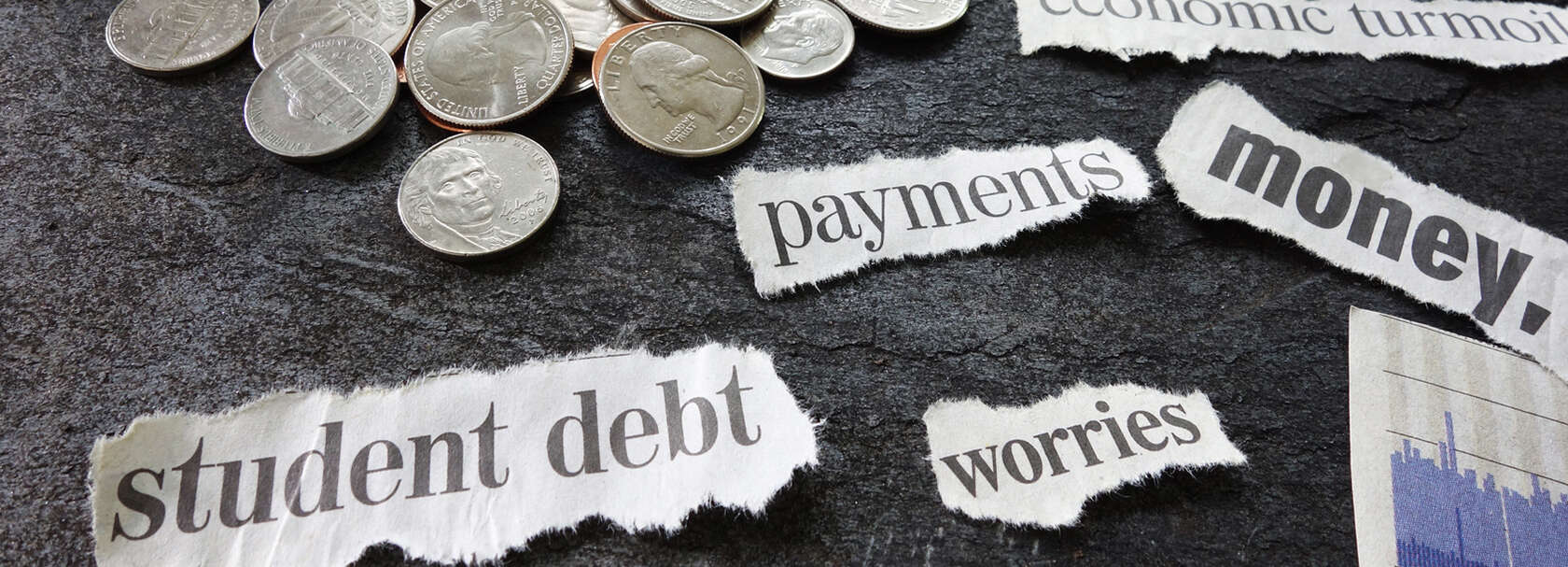Federal student loans can be discharged in bankruptcy if the debtor can prove an “undue hardship”. This is done by a separate action in bankruptcy court after the debtor receives his/her general discharge. The debtor then files an adversary proceeding (lawsuit against the student loan lender) in bankruptcy court to prove the “undue hardship”.
The test for “undue hardship” used by Minnesota bankruptcy courts is called the “totality of the circumstances” test. Three factors are evaluated to determine undue hardship under this test: (1) the debtor’s past, present, and reasonably reliable future financial resources; (2) a calculation of the debtor’s and her dependent’s reasonable necessary living expenses; and (3) any other relevant facts and circumstances surrounding each particular bankruptcy case.
Recently, the U.S. Department of Justice issued new policy guidelines making it easier and more streamlined for debtors to discharge federal loans in bankruptcy. The new process will help ensure transparent and consistent expectations for the discharge of student loan debt in bankruptcy; reduce the burden on debtors of pursuing such proceedings; and make it easier for Justice Department attorneys to identify cases where discharge is appropriate. The guidelines only apply to bankruptcy cases and adversary proceedings pending as of November 17, 2022 and cases filed after November 17, 2022.
The Justice Department will assess the undue-hardship factors using a three-part test in the following manner:
PRESENT ABILITY TO PAY – Using existing standards developed by the IRS and the information provided by the debtor, the Justice Department will calculate a debtor’s expenses and compare those expenses to the debtor’s income. If a debtor’s expenses equal or exceed the debtor’s income, the Department will determine that the debtor lacks a present ability to pay.
FUTURE ABILITY TO PAY – The Department will then assess whether the debtor’s present inability to pay is likely to persist in the future. The Department will presume a debtor’s financial circumstances are not likely to change if certain factors-such as retirement age, disability or chronic injury, protracted unemployment history, lack of degree, or extended repayment status-are present. Where such factors are not present, the Department will assess the facts showing whether the debtor’s present inability to pay is likely to persist.
GOOD FAITH EFFORTS – In assessing what courts call the “good faith” standard, the Department will focus on objective criteria reflecting the debtor’s reasonable efforts to earn income, manage expenses, and repay their loan. The Department will consider, for example, whether the debtor contacted the Department of Education or their loan servicer regarding payment options for their loan. A debtor will not be disqualified based on past non-payment if other evidence of good faith exists. A debtor also will not be disqualified based on their not enrolling in an income driven repayment plan where the debtor was deterred from participating in such a plan or otherwise provides a reasonable explanation for non-enrollment.
Under the Justice Department’s new process, debtors will complete an attestation form to assist the government in assessing the discharge request. The Justice Department, in consultation with the Department of Education, will review the information provided, apply the factors that courts consider relevant to the undue-hardship inquiry, and determine whether to recommend discharge. Even where the applicable factors may not support a complete discharge, where appropriate, the Justice Department will consider supporting a partial discharge.
